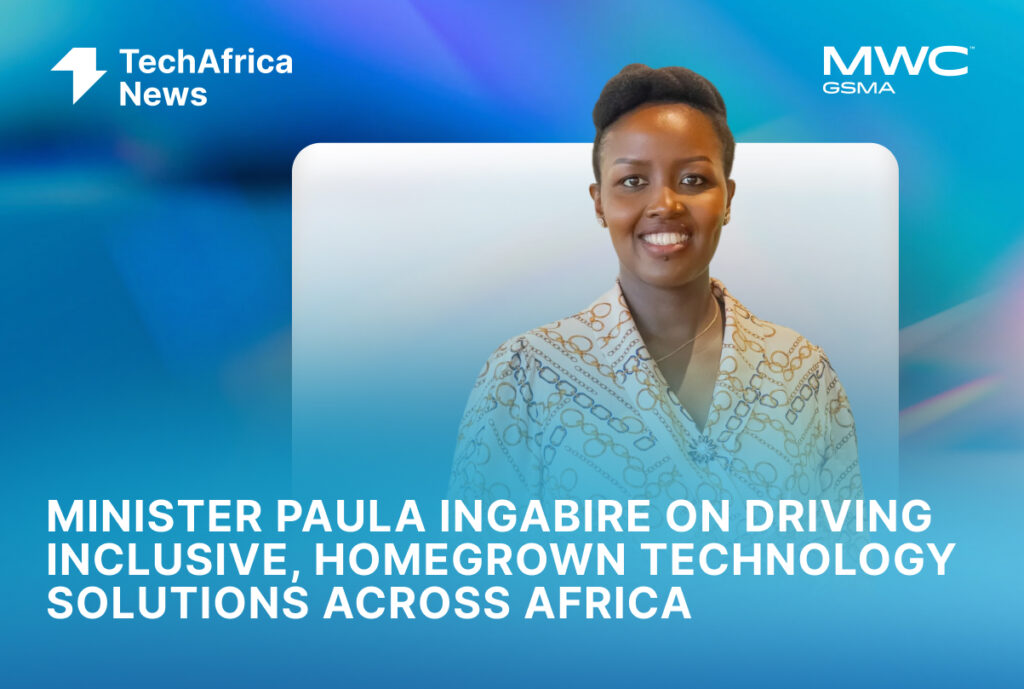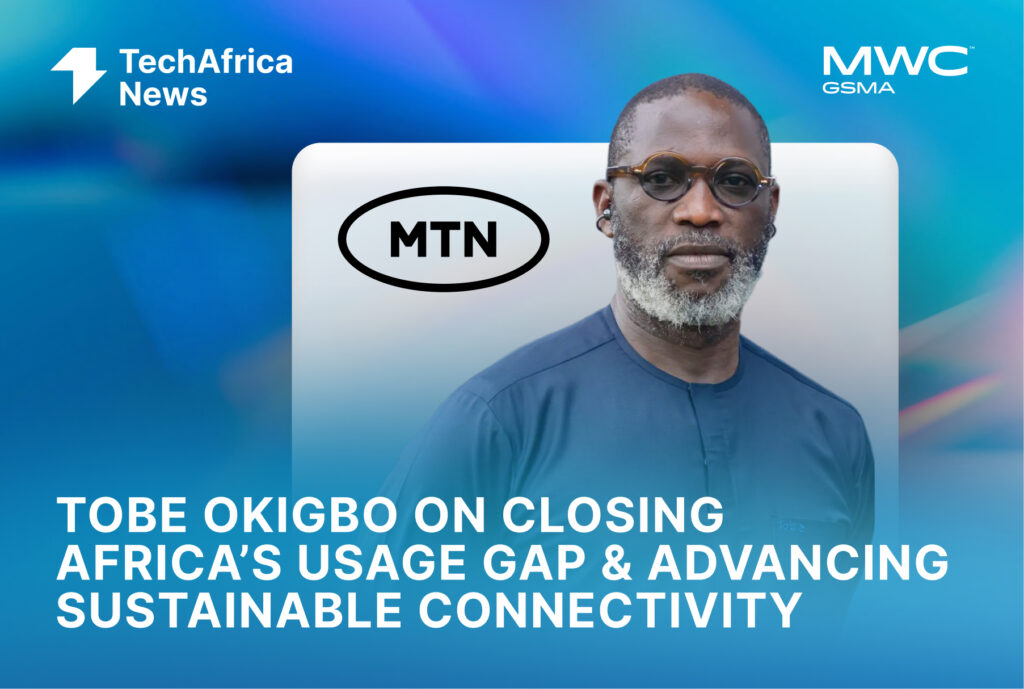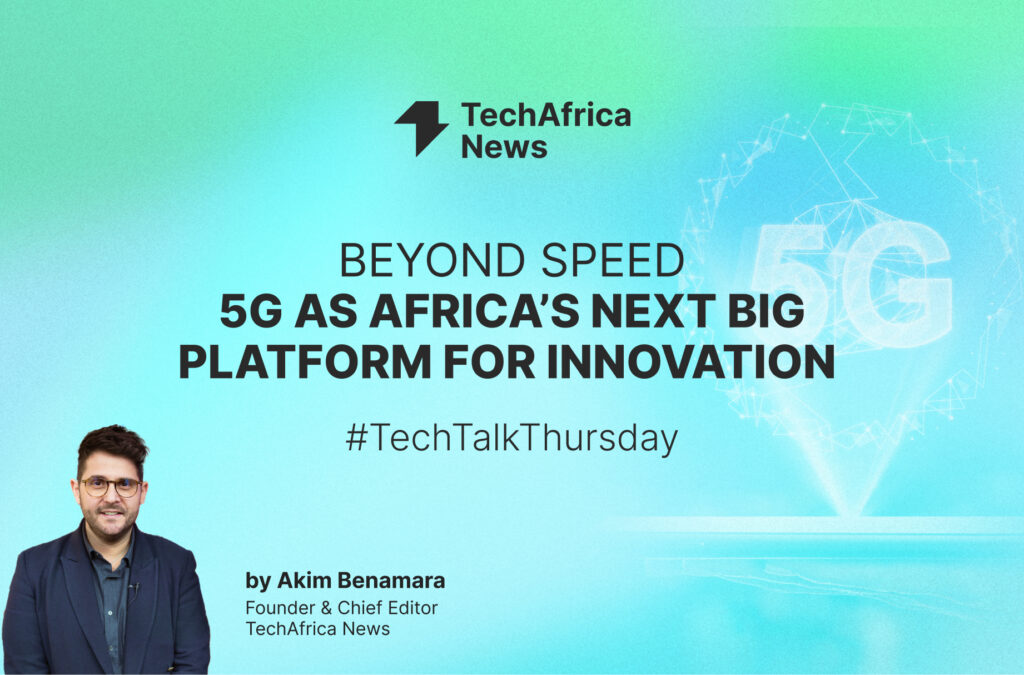Is Nigeria Ripe for MVNOs —Or Are We Just Licensing Hope?
Nigeria’s telecom sector remains a critical driver of national growth. According to the GSMA report ‘The Role of Mobile Technology in Driving the Digital Economy in Nigeria’, the mobile industry directly contributed 8% to Nigeria’s GDP in 2023. When accounting for the broader ICT ecosystem, this figure rose to 13.5%, translating to an estimated ₦20 trillion in direct economic value and ₦2.8 trillion in tax revenues. When productivity gains across other sectors are included, the total impact climbs to ₦33 trillion.
Yet beneath these impressive numbers lies a gap. Only 29% of Nigerians regularly use mobile internet, leaving over 70% of the population largely untapped. Meanwhile, despite having four major network operators serving more than 220 million subscribers, challenges around coverage, affordability, and service quality persist.
To address these gaps and stimulate competition, the Nigerian Communications Commission has introduced a five-tier MVNO licensing framework, along with supporting measures around infrastructure access and wholesale rate regulation.
With a young, digital-savvy population and demand for more tailored services, MVNOs may be stepping into a market underserved but full of potential. MVNOs, if enabled to flourish, could fill critical service gaps—whether in rural connectivity, niche content delivery, diaspora-focused solutions, or fintech-driven mobile ecosystems.
In this #TechTalkThursday article, we explore Nigeria’s evolving MVNO landscape—who is entering, what is driving this renewed momentum, and whether the market is genuinely ready for this next phase of telecom innovation.
Licenses, Layers, and Leverage: Making Sense of Nigeria’s MVNO Ecosystem
The Nigerian Communications Commission (NCC ) has issued over 40 Mobile Virtual Network Operator (MVNO) licenses as of 2024, marking a pivotal shift in the country’s telecommunications landscape. What began with a policy framework in 2017 has since evolved into one of the most structured MVNO licensing regimes in Africa, tailored to accommodate players with varying capabilities and ambitions.
Far from a one-size-fits-all model, the NCC introduced a five-tier licensing system designed to match operators with different technical, operational, and commercial strengths. Each tier offers a distinct level of independence from host Mobile Network Operators (MNOs), from basic resellers to nearly full-service telecom providers—minus spectrum ownership.
The tiers include:
- Tier 1: Service Virtual Operators, functioning as branded resellers. They focus on sales, marketing, and basic value-added services while relying entirely on host MNO infrastructure.
- Tier 2: Simple Facilities Operators, which operate basic technical components like their own SIMs and intelligent networks, gaining more autonomy over customer experience and pricing.
- Tier 3: Core Facilities Operators, offering full switching and interconnect capabilities, with the freedom to set tariffs and enter into direct interconnect agreements—essentially, a full network core without radio access.
- Tier 4: Aggregators and Enablers, acting as intermediaries between MNOs and multiple MVNOs. These players simplify market entry by managing wholesale relationships and backend systems.
- Tier 5: Unified Virtual Operators, with the flexibility to operate across any or all tiers, offering end-to-end services and the ability to serve both urban markets and unserved rural areas under shared coverage agreements.
This layered approach is strategic. It not only opens the door to a wider pool of entrants—ranging from fintechs and ISPs to content creators and diaspora-focused brands—but also reflects the NCC’s ambition to build a diversified and competitive MVNO ecosystem. Early adopters include players targeting verticals such as tourism, hospitality, youth digital services, and financial inclusion.
Yet structure alone does not guarantee success. The flexibility of the framework is met with complexity. For instance, spectrum access remains constrained to underserved areas for certain tiers. Quality of Service (QoS) obligations vary by operator class, and MVNOs must negotiate commercial agreements with MNOs without mandated intervention from the regulator. While the NCC reserves the right to step in when negotiations fail, the absence of enforceable wholesale terms means that MVNOs must often navigate asymmetrical power dynamics, particularly with infrastructure access, number portability, interconnection rights, and spectrum sharing.
Despite these grey areas, some early entrants are already making headlines. Vitel Wireless, Nigeria’s first MVNO to receive a dedicated number series (0712), has successfully interconnected with all four major MNOs—MTN, Airtel, Glo, and 9mobile. This milestone marks the first time a Nigerian MVNO has achieved full interoperability and sets a new benchmark for others. Similarly, Labara , a global MVNO brand, is preparing to enter the Nigerian market, focusing on affordable international calling and diaspora communications.
With a structure that accommodates both niche players and ambitious disruptors, the stage is set for MVNOs to reframe connectivity in Nigeria—not just as a service, but as a competitive lever across multiple sectors. What remains to be seen is how the market players, regulators, and incumbent networks collaborate to turn potential into progress.
Between Promise and Practicality: Is the Market Truly Ready?
The Nigerian MVNO landscape is undeniably rich in potential, but translating this into sustained impact will require more than licensing milestones. While the framework and enthusiasm signal strong intent, the real test lies in the market’s practical readiness—its infrastructure, its economics, and its appetite for competition.
Nigeria’s telecom infrastructure, though extensive on paper, remains uneven in reality. MVNOs are expected to ride on existing network capacity, yet those capacities are often stretched, particularly in rural or underserved regions. While some MVNO tiers are permitted to operate in underserved areas under shared rural coverage agreements, the actual availability of dependable radio access remains uncertain.
The customer base, while numerically vast, also reveals contradictions. Nigeria has over 220 million active mobile subscriptions, yet only about 29 percent of the population uses mobile internet regularly. The remaining 71 percent represents a theoretical opportunity but reaching them entails far more than availability. Cost, digital literacy, and local relevance all pose serious hurdles.
Pricing differentiation, which should be a primary weapon for MVNOs, is complicated by economic realities. According to statistics, Nigeria’s ARPU fell to $1.89 in 2024—down from $3.08 the previous year. This trend reveals a market that is both price-sensitive and economically constrained. While MNOs struggle to maintain margins amidst rising inflation, devaluation, and infrastructure costs, MVNOs entering the same environment with added layers of dependency must consider whether their business models can be sustained.
There is also the matter of cooperation. MNOs are not obligated to offer their capacity on favorable terms, and while NCC encourages commercial negotiations, actual partnerships depend heavily on strategic alignment and goodwill. MVNOs that compete too closely with MNOs on price or urban presence risk quiet resistance. The absence of firm wholesale pricing regulations may expose newer entrants to unpredictable costs.
It is therefore not surprising that the NCC recently announced a pause on new MVNO licenses, choosing instead to conduct a broad industry assessment. This is a prudent step. The ecosystem, while ambitious, needs coherence. Regulation must strike a balance—welcoming innovation but ensuring structural order. Beyond licensing, attention must now turn to implementation, enforcement, and actual market cooperation.
That said, opportunity remains. Niche-focused MVNOs, especially those aligned with fintechs, diaspora services, rural connectivity, or youth-oriented content platforms, may find defensible ground. Recent developments such as Vitel Wireless’ successful interconnection with all major MNOs show what is possible when execution aligns with regulatory vision. If more players can replicate that path—and if regulators can refine frameworks to ensure stability and fairness—then MVNOs may indeed reshape Nigeria’s telecom sector, not just by offering more options, but by delivering smarter, more inclusive services.
For now, the promise is intact. But clarity, strategy, and grounded execution will determine whether that promise translates into lasting progress.
“The first challenge, of course, will be competition: you have all of these horses coming out of the gate at the same time, and they all have to race to gain market share. The second big challenge is going to be differentiation: What markets are not being filled? What specific group of people, or what specific business type, or what specific market should I be designing my business for? A huge, unwritten page like this is an opportunity, but it can also be a challenge to create a new idea almost out of nothing.”
– Andriy Zhylenko, CEO of PortaOne
To Win in Nigeria, MVNOs Must Be Intentional
Years after the Nigerian Communications Commission began issuing MVNO licenses, the numbers are impressive—over 40 operators approved, frameworks defined, enthusiasm high. But licensing alone does not launch a business, value does. Nigeria’s telecom market, already served by four major MNOs with more than 224 million subscribers, is not an open frontier—it is a crowded, competitive terrain where survival will depend not on permission, but on precision.
Partners are pivotal. MVNOs that forge strong alliances with MNOs and enablers (MVNEs) will secure better pricing, more agile network access, and smoother operations. Additionally, partnerships with platforms like fintech companies, e‑commerce providers, retailers, and content services will help extend reach and embed telecom into daily routines. This is precisely how successful models operate in Africa: they become ecosystems, not simply service providers.
Winners will carve out and own clear customer segments—whether that is students, SMEs, rural communities, diaspora groups, or gig‑economy workers. They will build efficient distribution networks informed by data, and they will optimize acquisition costs with creative bundling. The smartest will tap into value‑added-service models: fintech-integrated mobile wallets, data packages paired with local entertainment, or loyalty schemes tied to retail spending.
In a market where Average Revenue Per User is under sustained pressure, long-term success will hinge on service differentiation and superior user experience. Creative bundling—pairing telecom access with mobile wallets, educational platforms, local entertainment, or loyalty programmes—offers more than affordability; it creates stickiness. The smartest operators will leverage app-based self-service, predictive support tools, and rewards mechanisms to deepen engagement and reduce churn.
“MVNOs will mature and there would be failures along the way; the few standing will be those that have learned how to navigate the emerging competitive landscape.”
-Osayi Izedonmwen, CEO, Imose Technologies
The operators that refine their models now—aligning partnerships, crystalizing segments, innovating bundles, and securing operational discipline—will emerge as the architects of a more vibrant, inclusive telecom future. Nigeria’s MVNO sector has the regulatory scaffolding, the demographic tailwinds, and early examples of what is possible. What it now needs is strategy, discipline, and bold execution. Only then will the shift from licensing hope to delivering value truly take hold.






